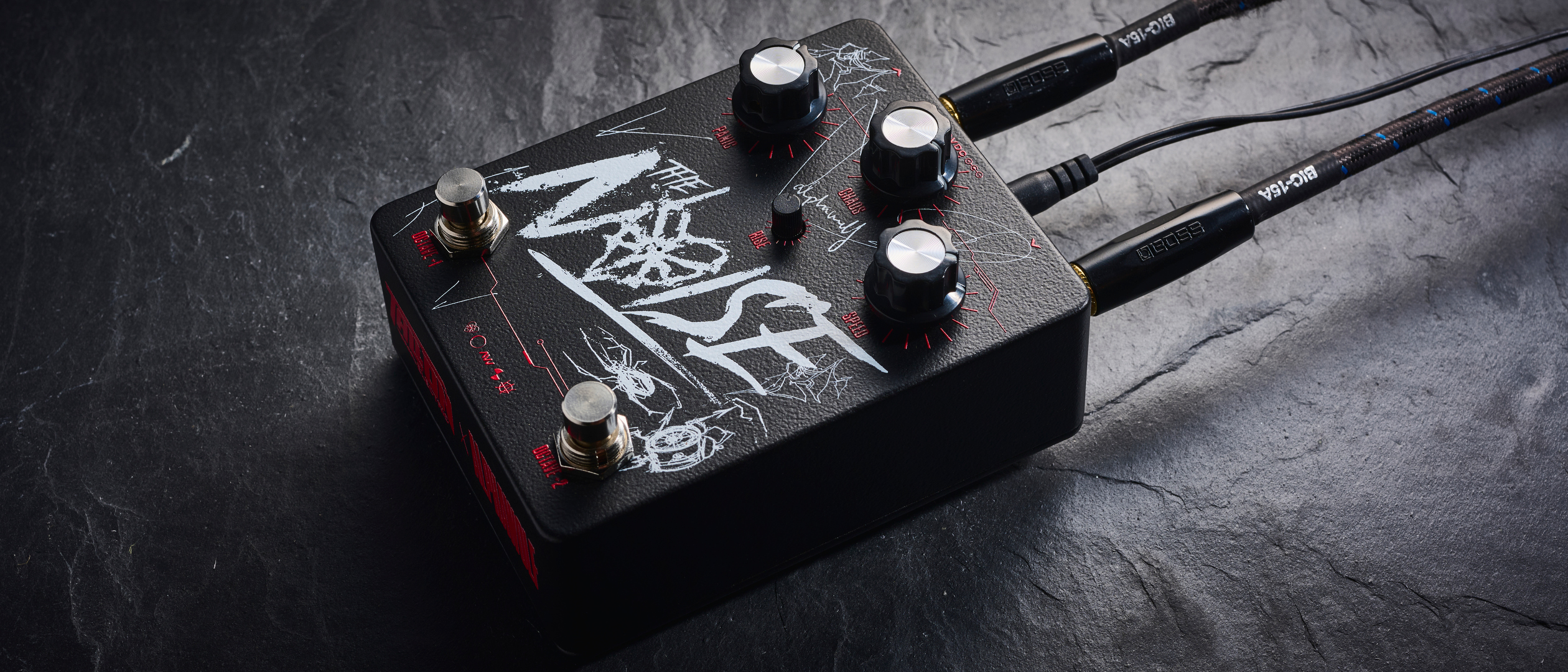Guitar World Verdict
A very niche noise-generating stompbox that you’ll likely either love or hate. Well-built and easy to use, Tallon Electric’s The Noise succeeds in making a completely unique sound, but will find limited use outside of heavy or experimental guitar players.
Pros
- +
Genuinely unique tones unlike anything else.
- +
Plenty of options - if you like noise.
- +
Sounds surprisingly great in a band mix.
- +
Rugged build quality and cool design.
Cons
- -
Does atonal sounds only.
You can trust Guitar World
What is it?
Designed in conjunction with Scottie Simpson and Sabian Lynch of Australian metalcore outfit Alpha Wolf, Tallon Electric’s The Noise is a remarkably unique take on the octave pedal effect. Combining pitch shifting with a variety of modulation effects it delivers a decidedly nasty tone that’s perfect for those otherworldly sound seekers who like their effects a little less traditional.
I’ve played in a lot of heavy and experimental bands over the years so The Noise immediately appealed to me with its metal-friendly marketing and promise of sounds you won’t get anywhere else. Is it just a one-trick pony? Or was I about to find a replacement for the DigTtech Ricochet that’s been a staple on my pedalboard for the last three years? Read on to find out…
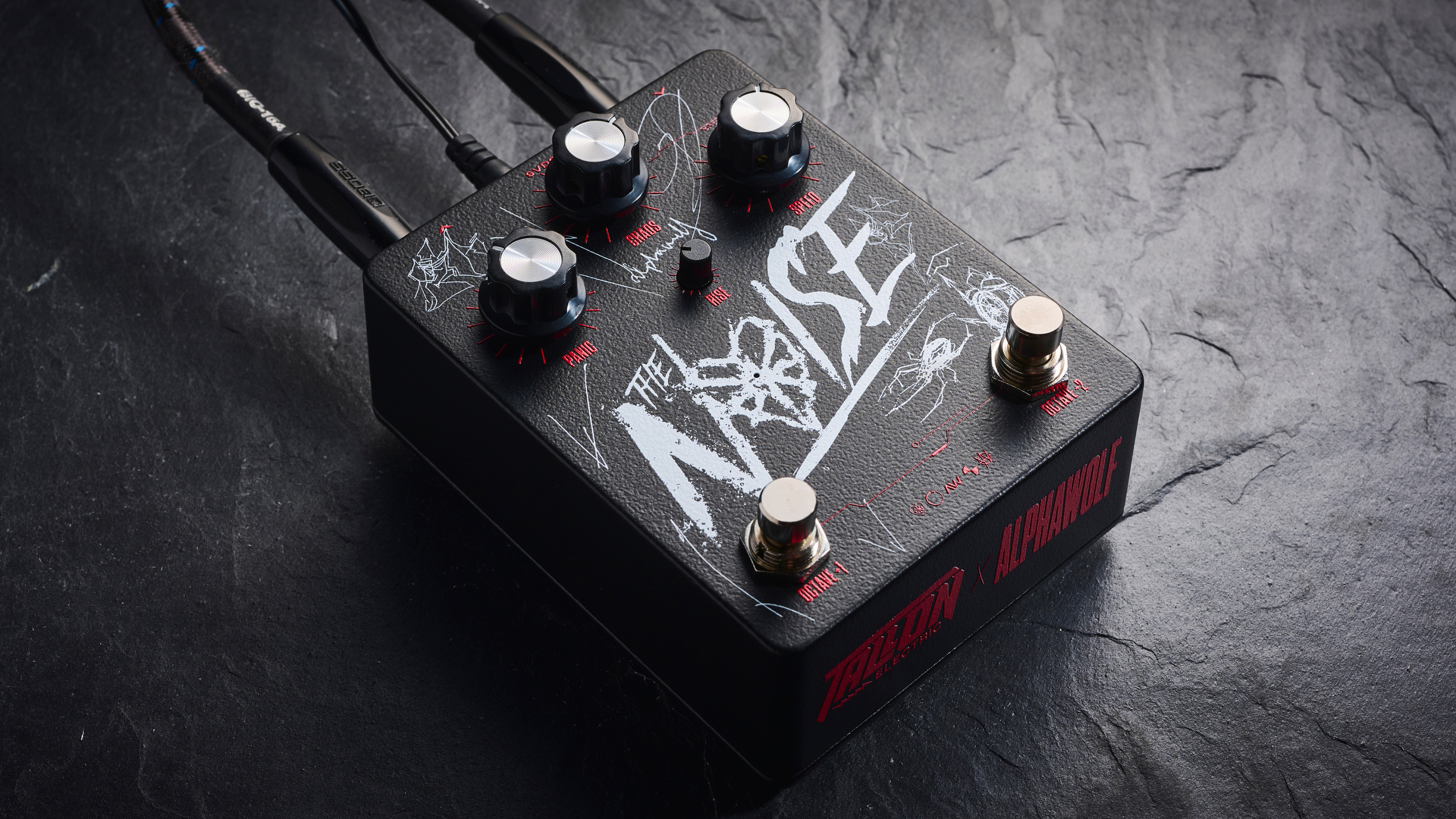
Specs
- Launch price: $245 / £196
- Type: Pitch shifter with modulation
- Controls: 2x momentary footswitches, 3x control knobs, 1x pitch speed knob
- Features: Soft-touch momentary footswitches,
- Connectivity: 2 x 1/4" (instrument)
- Bypass: Buffered
- Power: 9v DC, 198mA
- Dimensions: 119.3 x 95.2 x 44.45mm
- Weight: 0.37kg
- Contact: Tallon Electric
Build quality
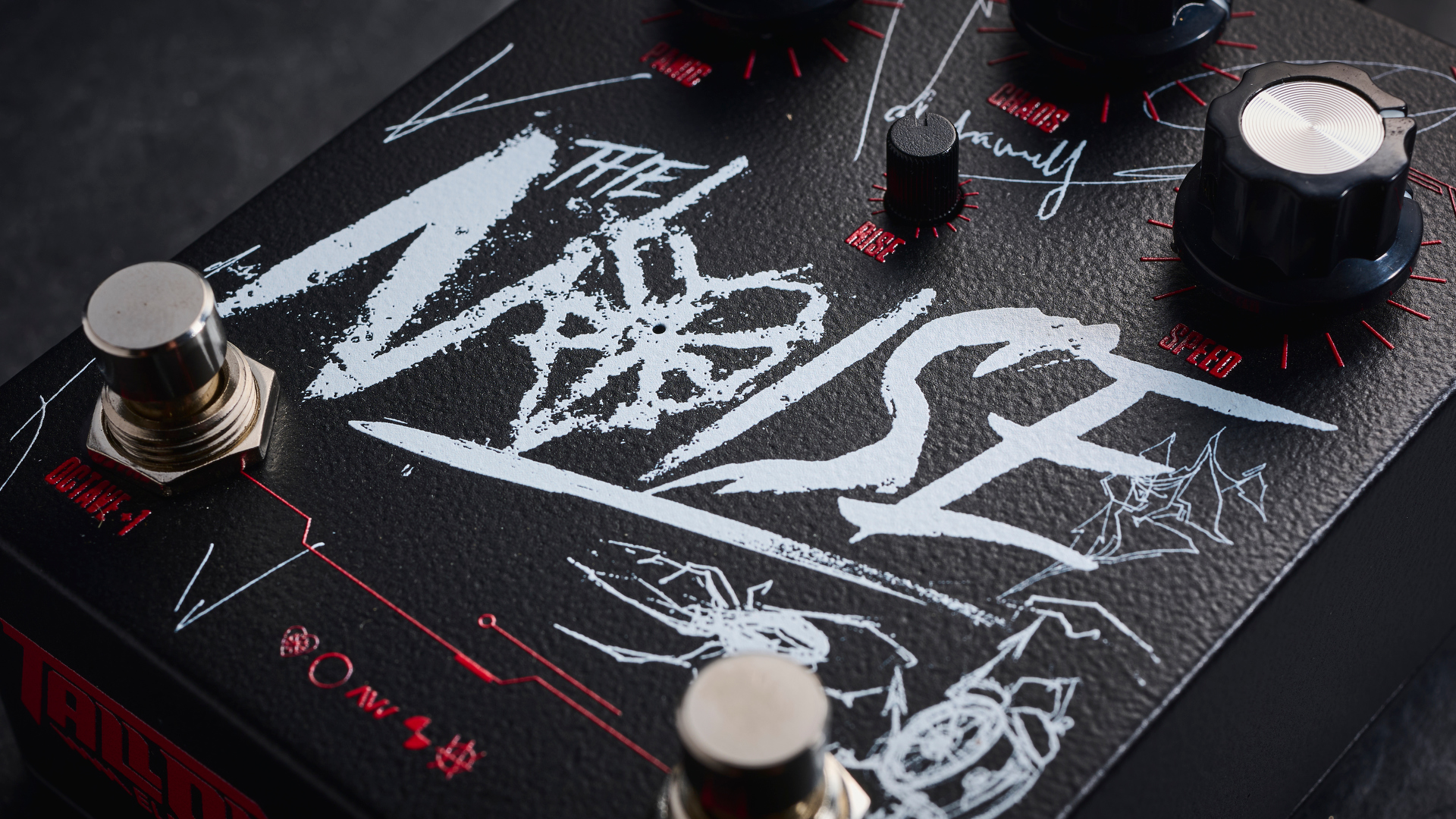
Build quality rating: ★★★★★
The Noise is pretty lightweight, but the chassis has a nice and robust feel to it. The metal unit has a lightly textured feel to it and all the red control labels are lightly embossed on the front of the pedal, with a Tallon Electric and Alpha Wolf logo on the bottom edge. It’s going to have to put up with a lot of stomping due to its intended use, and it definitely felt capable of that during my time with it.
The scrawled drawings on the front panel are a cool touch, giving it a very boutique feel that absolutely screams metal when you look at it. The knobs are nice and solid too, with a stiff feel when you turn them that gives off an air of great quality. Overall I can’t throw any complaints at The Noise here, and its messy design means that as it gathers bumps and scrapes when you use it they’ll fit right in with the design ethos.
Usability
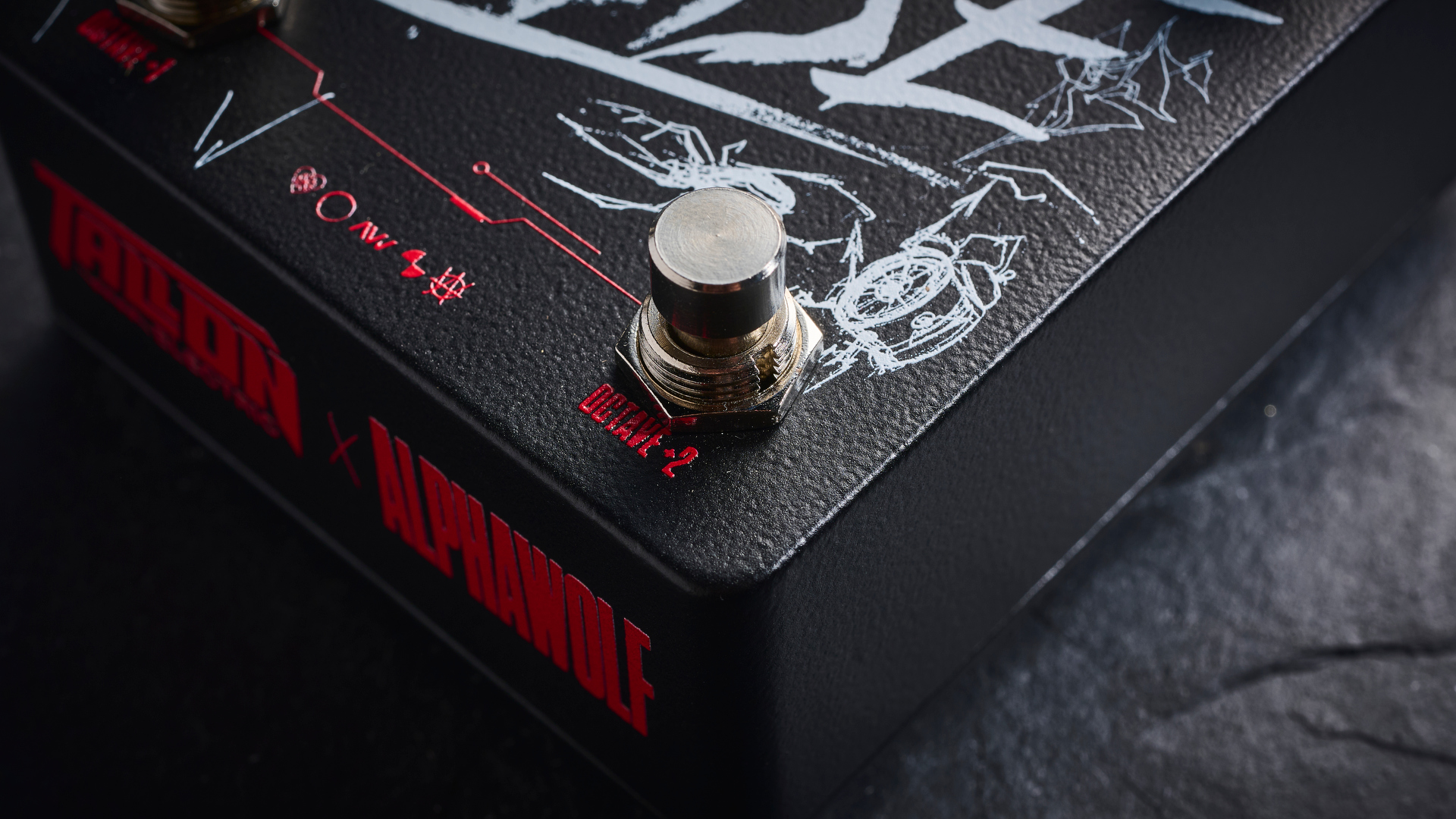
Usability rating: ★★★★☆
It’s a big pedal, both in the sense that it takes up more room than your average stompbox and also in terms of its height, looking noticeably taller when I placed it next to my Digitech Ricochet on my ‘board.
All the latest guitar news, interviews, lessons, reviews, deals and more, direct to your inbox!
When using it I found I didn’t mind that though, it actually made it slightly easier to hit when I tried it out in a practice room. The footswitches are momentary, which means that they're only engaged when you're standing on them, and the effect switches off when you take your foot off.
The controls are rather unhelpfully named Panic, Chaos, and Speed which is incredibly metal, but offers no clues as to what they actually do. More self-explanatory are the two footswitches, one which pitches you up an octave and the second which pitches you up two octaves. In the middle, a small knob sets the amount of time it takes for the pedal to reach your desired pitch, with the tiny LED in the middle of the ‘o’ in noise responding in kind.
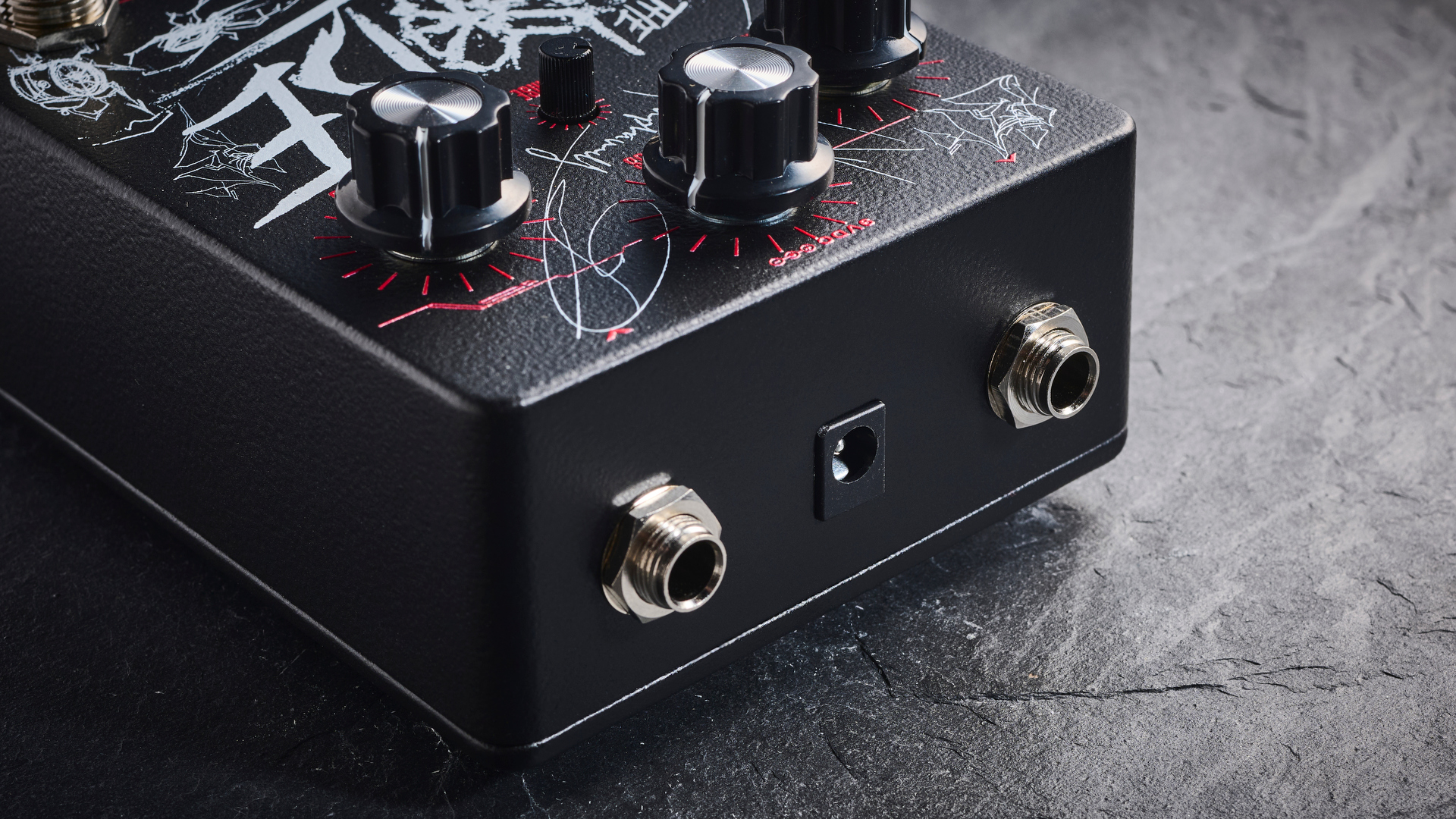
To be honest the LED is so small I barely noticed it in use and while something brighter might be nice, but it could also prove distracting. The controls are also difficult to read when standing up in a dimly lit practice room, but when you're creating atonal noise, the ease of dialing in tones isn't necessarily a good gauge of the usability of a pedal.
Perfect pitch isn't the aim here, so it means accuracy with the controls will likely be less important to the kind of player who will get the most out of this pedal. That said I didn't need to jump into the manual to start using it, and overall I found it was super easy to get it hooked up to my rig and get started noisemaking, even if it took me a while to understand how the main controls were effecting the sound.
Sounds
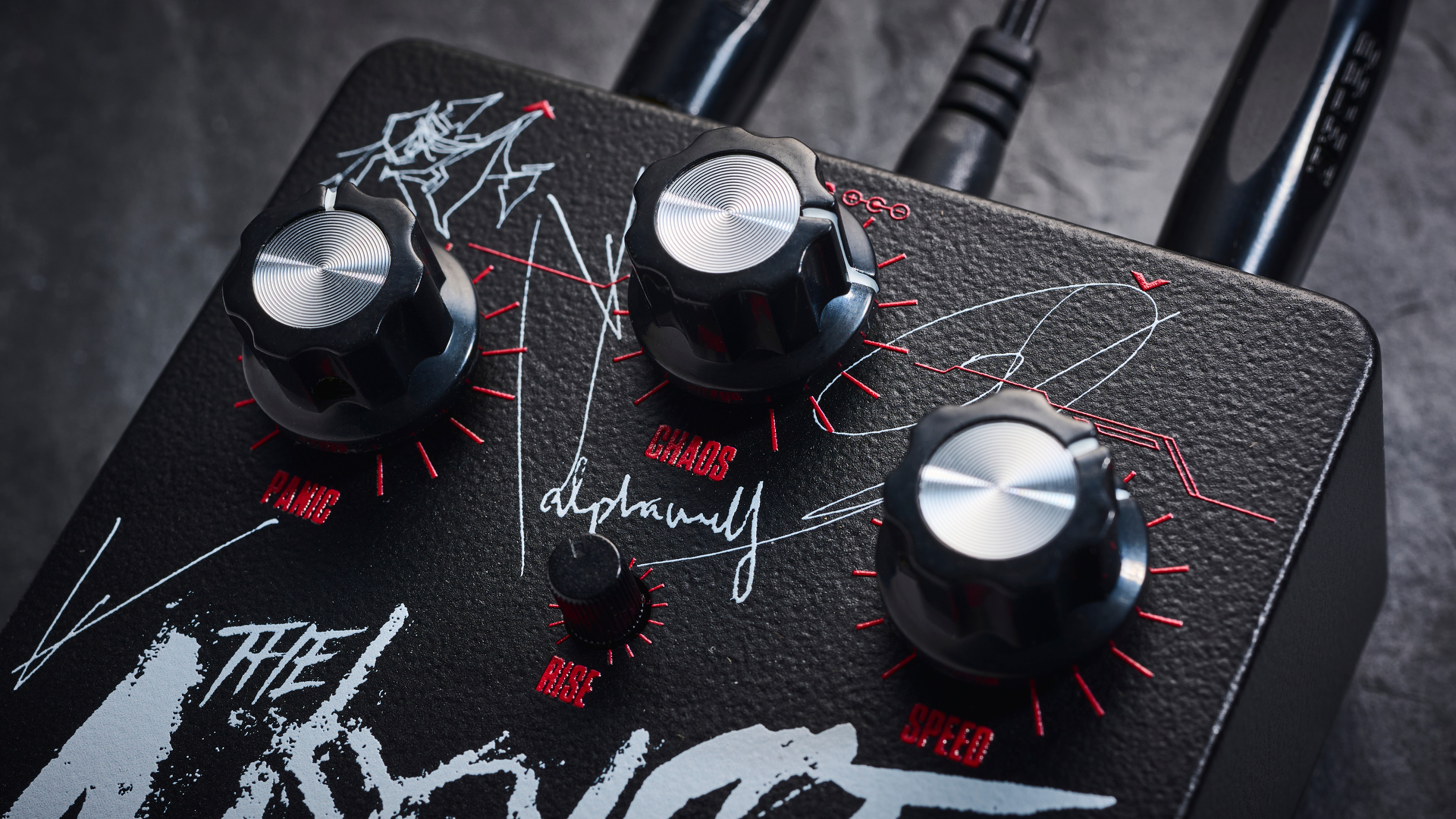
Sounds rating: ★★★★☆
Perfect for tritone punctuations of drop G# tuned breakdowns
Before I took it to practice I had a play with the knobs in isolation to see what they all do. ‘Panic’ appears to add some bending of your original signal, adding slightly out-of-tune notes to the current one you’re playing. ‘Chaos’ to my ear appears to add more bending of the pitch, increasing in noticeability at higher settings. Finally, the ‘Speed’ knob appears to add some super high-end frequency modulation, again more noticeable past the 12 o’clock mark.
Despite the names being somewhat inscrutable, one thing was immediately clear – no matter what your settings are it makes quite a heinous racket. Various combinations of the different knobs produced, well, more noise. It’s perfect for tritone punctuations of drop G# tuned breakdowns via my favorite baritone but as a solo effect, it’s just too nasty to use by itself.
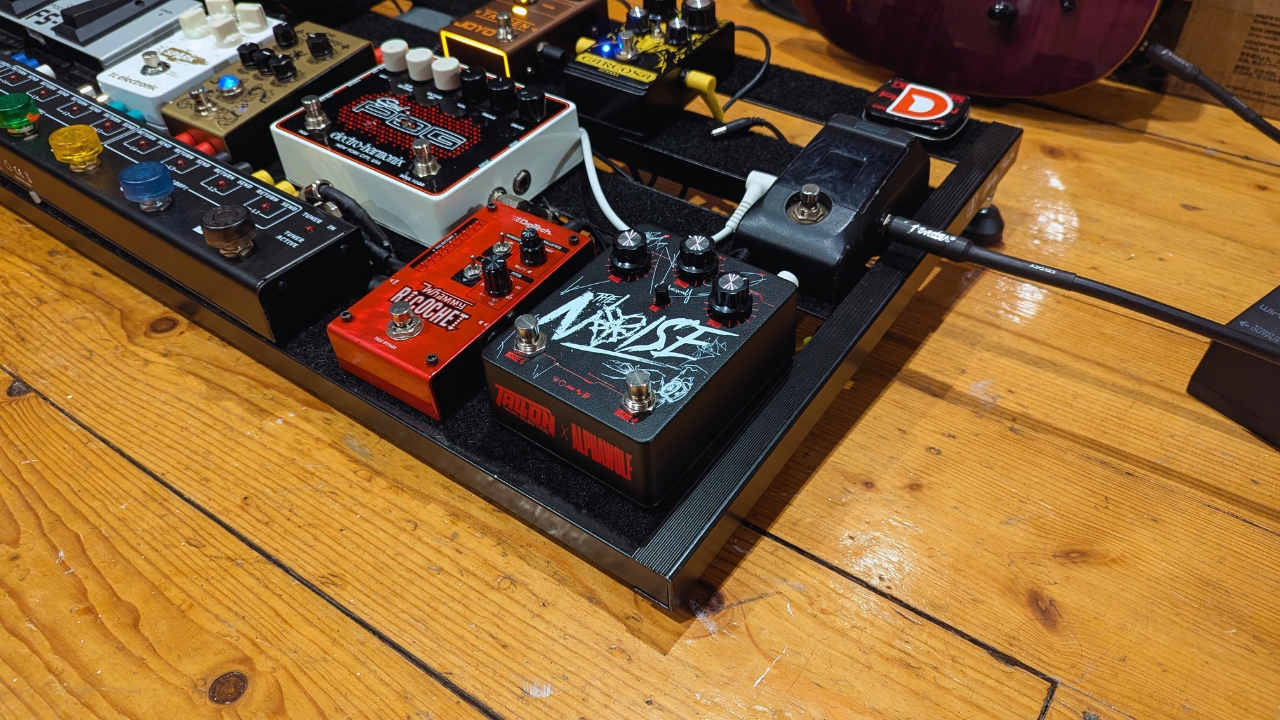
I tried in vain to get a subtler setting that might offer just some slight fluctuations to my tone but no matter how you tweak it you can’t make it sound nice, as such. For my taste, the panic knob alone introduced something a little more musical, akin to ring modulation sounds but as there’s no way of mixing it with your dry signal, it always sounds like a DigiTech Ricochet channeling the spirit of a velociraptor.
In practice it was a slightly different story, armed with my Telecaster, tube amp, and the veil of a full band mix, the more shrill qualities of The Noise were masked. I was playing with my hard rock band with a progressive touch, so not exactly the sort of music it was intended to be used for, but in some of our noisier, Mars Volta-inspired freakouts it absolutely worked a treat, much to my surprise. In fact my drummer commented on the post-session recording that 'the noises’ I made during a particular section of a song we were working on sounded 'sick'.
Verdict
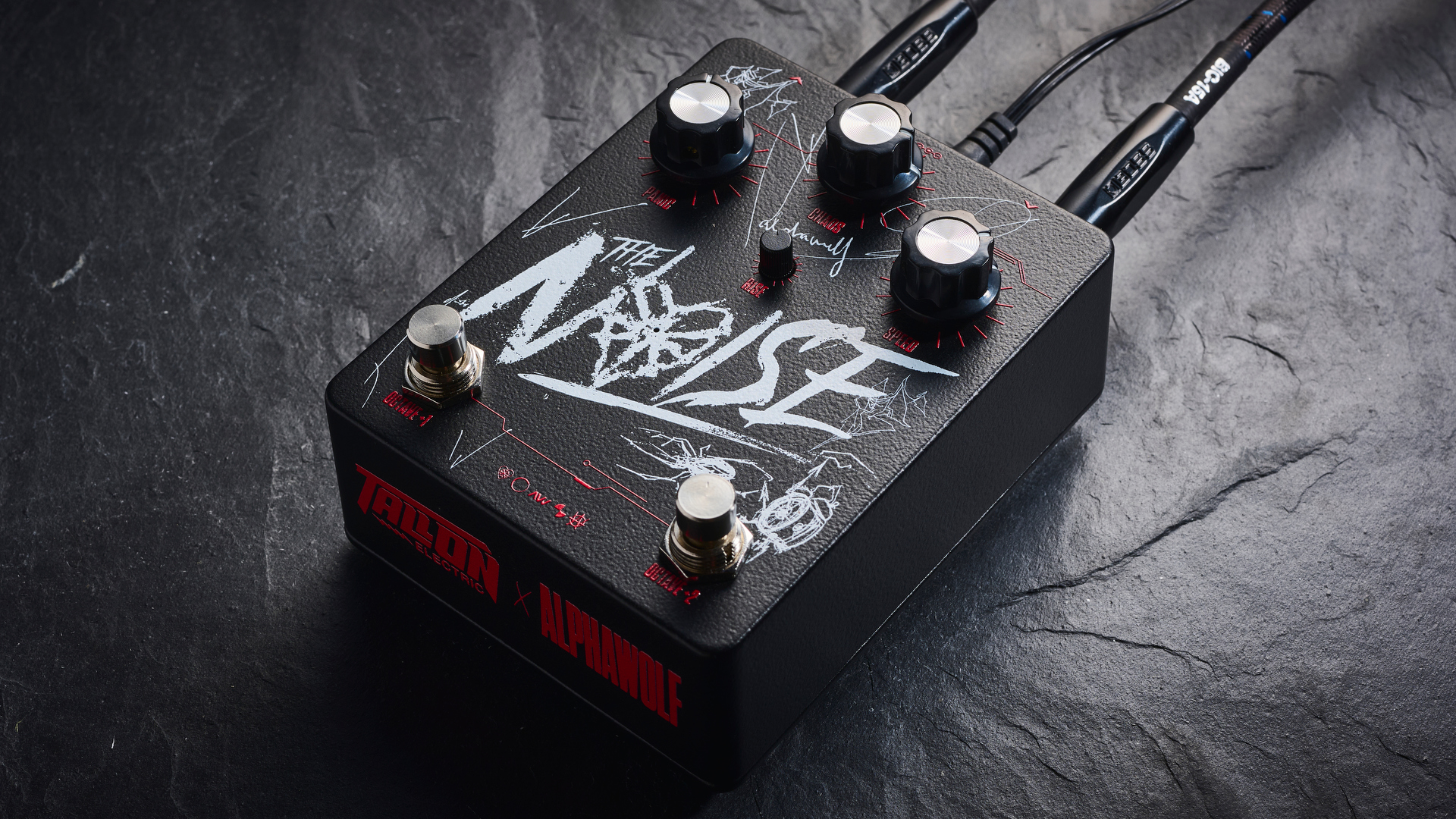
So my drummer approved, and it definitely cut through the mix for me at band practice, but is it worth your hard-earned cash? I think that The Noise is going to be one of those pedals that you either love or hate. Metalcore and djent aficionados will most likely love this thing, blues and indie players? Probably not so much.
It’s a very niche pedal and although it feels like a direct competitor to my Digitech Ricochet, it doesn’t really do enough to warrant me replacing one of my most used pedals. I’d love an effect plus dry setting like the Ricochet has, just to help tame some of The Noise’s more cacophonous tendencies and make it more usable for anything other than the heavy stuff.
Final verdict: If you’re in a heavy band and want to make noises without having to chain together loads of effects, then The Noise will absolutely have you covered. It’s going to split opinions of that I have no doubt, but if you’re looking for something completely unique it’s a great shout. Just don’t expect to be playing anything melodic with it.
| Test | Results | Score |
|---|---|---|
| Build quality | Stood up to stomping well. | ★★★★★ |
| Usability | Easy to start but ambiguous controls. | ★★★★☆ |
| Sounds | Provides a unique but niche sound. | ★★★★☆ |
| Overall | A solidly built pedal that delivers abstract tones. | ★★★★☆ |
Also try
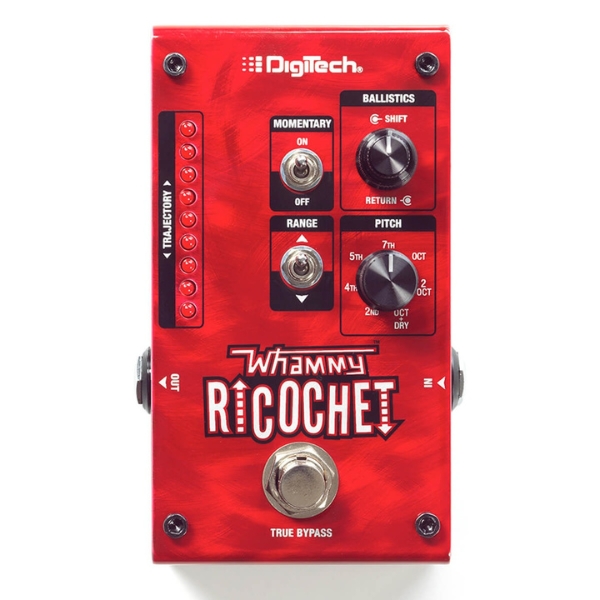
The closest comparable effect to The Noise in terms of operation, the Digitech Ricochet is like a slimmed-down whammy with a momentary footswitch. It can be switched to latching, you can change to various pitches, and it can pitch up and down. Think of it as The Noise’s much better-behaved older brother.
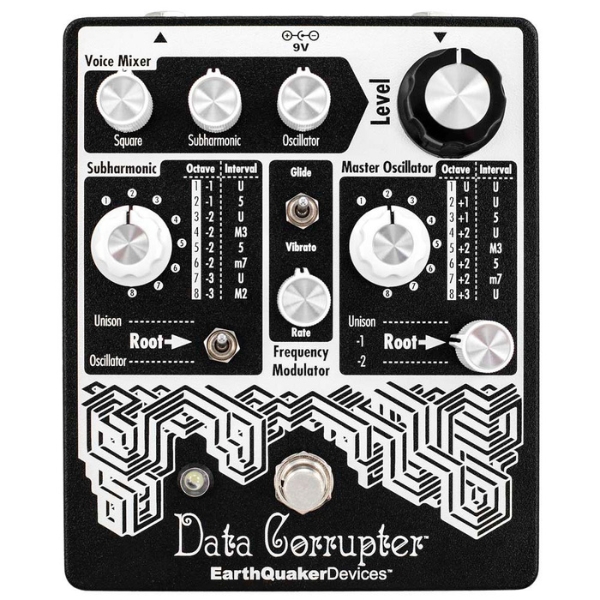
If you want off-kilter high-pitched noises, the Earthquaker Devices Data Corrupter is a great shout. It can cover a lot of sonic ground from bass synth to atonal pitchiness and is a brilliant noise generator if you like your guitar tones nasty. Unlike The Noise, it will require a lot of experimentation though, so be prepared to dive deep in the knob tweaking with this one.
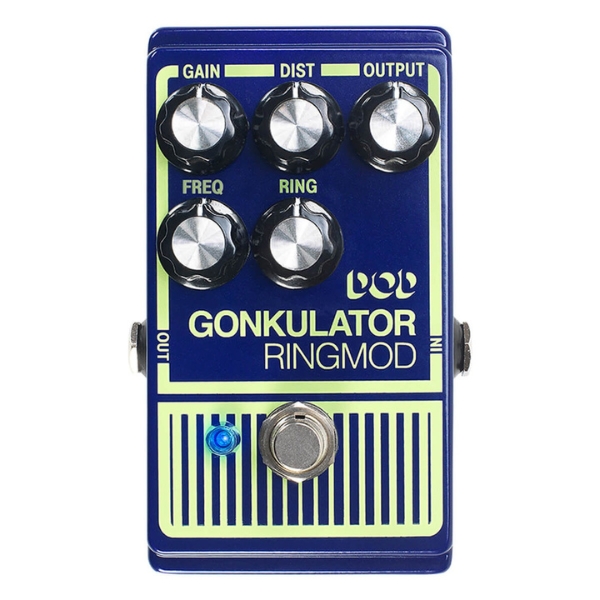
Another excellent noise-maker, the DOD Gonkulator Ringmod is a suitably eccentric pedal that can compete in terms of noise-making with The Noise. Perfect for Mars Volta fans, it delivers a sound that can be used subtly, or to make something quite simply unhinged. We love it for its compact size and it works great on bass guitar too.
Read more: DOD Gonkulator review
Hands-on videos
Andrew Baena
Truck Driver Shawn


Matt is a Junior Deals Writer here at Guitar World. He regularly tests and reviews music gear with a focus on guitars, amps, pedals, modelers, and pretty much anything else guitar-related. Matt worked in music retail for 5 years at Dawsons Music and Northwest Guitars and has written for various music sites including MusicRadar, Guitar Player, Guitar.com, Ultimate Guitar, and Thomann’s t.blog. A regularly gigging guitarist with over 20 years of experience playing live and writing and recording in bands, he's performed everything from jazz to djent, gigging all over the country in more dingy venues than you can shake a drop-tuned guitar at.
